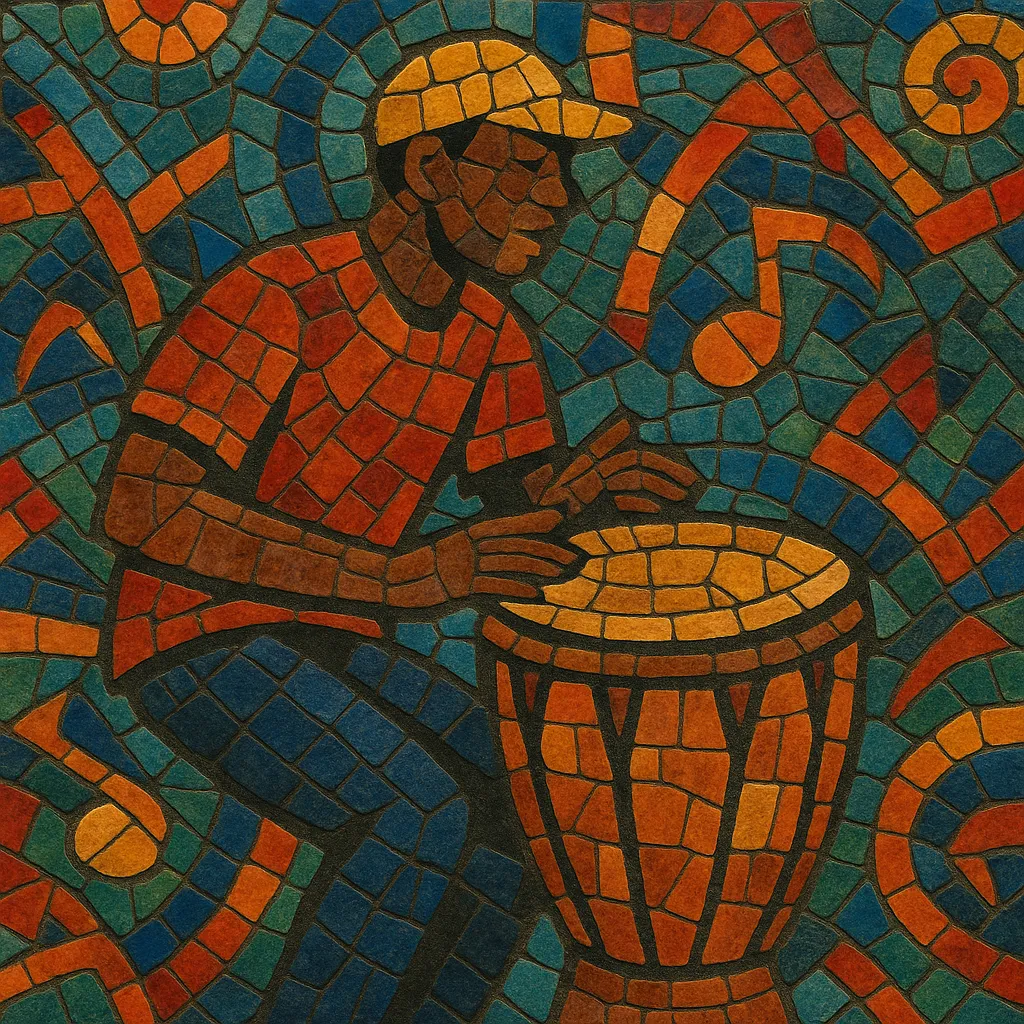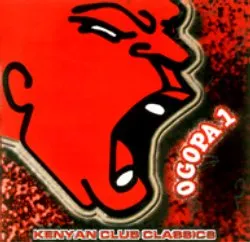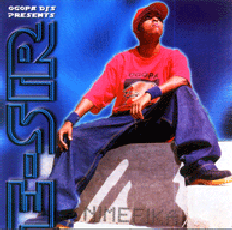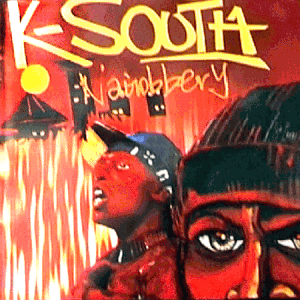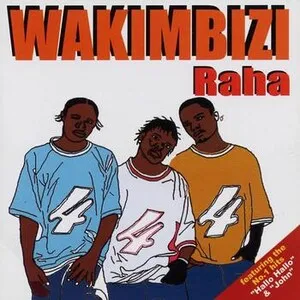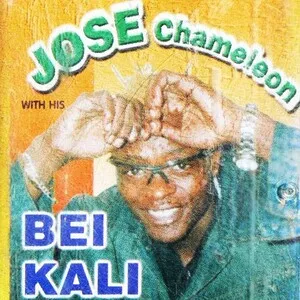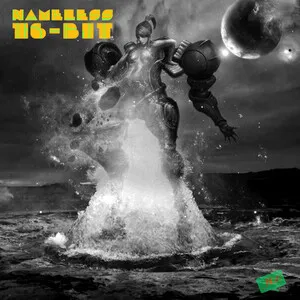Kapuka (also known as Kapuka rap or Boomba music) is a Kenyan urban pop/hip‑hop style built for radio and dance floors. It blends rap verses in Swahili, Sheng, and English with catchy, melodic choruses, glossy synths, and tightly programmed drums.
The hallmark “kapuka beat” typically sits around 95–110 BPM with a four‑to‑the‑floor or lightly syncopated kick pattern, off‑beat claps/snares, shakers, and conga-style percussion, topped by simple but infectious chord loops and round, warm bass. Lyrically it favors playful wordplay, romance, nightlife, and aspirational urban life. Its polished, hook-driven sound and high‑production music videos helped define mainstream Kenyan pop in the early 2000s.
Kapuka emerged in Nairobi at the turn of the millennium as local artists and producers fused U.S. hip hop and R&B with Jamaican dancehall/reggae and South African kwaito, then localized the result with Kenyan slang (Sheng) and pop songwriting. Production teams such as Ogopa DJs popularized a bright, synth‑forward, club‑ready aesthetic that contrasted with the grittier, bass‑heavy Genge sound from Calif Records.
A wave of radio anthems by artists like Nameless, E‑Sir, Amani, the Longombas, Mr. Lenny, Wahu, Kleptomaniax, and others set the template: driving drum machines, sing‑along hooks, and accessible verses. Heavy rotation on FM radio, music TV, and corporate live shows propelled Kapuka into national prominence, reshaping Kenyan pop’s expectations for slick production and memorable choruses.
As the sound dominated, artists branched into adjacent styles (dancehall, R&B, broader Afropop) while retaining Kapuka’s core formula of hook‑led songwriting and polished beats. Cross‑pollination with regional scenes (notably Tanzanian bongo flava and pan‑African urban pop) further expanded the palette.
Kapuka standardized a modern, radio‑first approach in Kenyan mainstream music—short, hook‑heavy singles; high‑quality videos; and code‑switching lyrics. Its rhythmic feel, pop structures, and production sheen continue to inform Kenyan dance‑pop and Afropop‑leaning releases, and it remains a touchstone for nostalgic hits and contemporary fusions.

